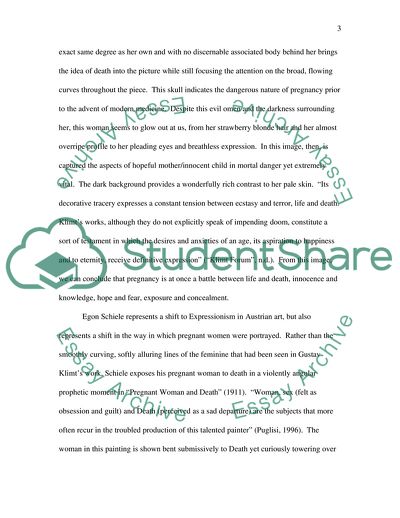Cite this document
(The Human Form Expressed in Art Essay Example | Topics and Well Written Essays - 1250 words, n.d.)
The Human Form Expressed in Art Essay Example | Topics and Well Written Essays - 1250 words. https://studentshare.org/performing-arts/1716770-art-five-varying-interpretations-of-the-human-body-from-prehistory-to-the-present
The Human Form Expressed in Art Essay Example | Topics and Well Written Essays - 1250 words. https://studentshare.org/performing-arts/1716770-art-five-varying-interpretations-of-the-human-body-from-prehistory-to-the-present
(The Human Form Expressed in Art Essay Example | Topics and Well Written Essays - 1250 Words)
The Human Form Expressed in Art Essay Example | Topics and Well Written Essays - 1250 Words. https://studentshare.org/performing-arts/1716770-art-five-varying-interpretations-of-the-human-body-from-prehistory-to-the-present.
The Human Form Expressed in Art Essay Example | Topics and Well Written Essays - 1250 Words. https://studentshare.org/performing-arts/1716770-art-five-varying-interpretations-of-the-human-body-from-prehistory-to-the-present.
“The Human Form Expressed in Art Essay Example | Topics and Well Written Essays - 1250 Words”. https://studentshare.org/performing-arts/1716770-art-five-varying-interpretations-of-the-human-body-from-prehistory-to-the-present.


